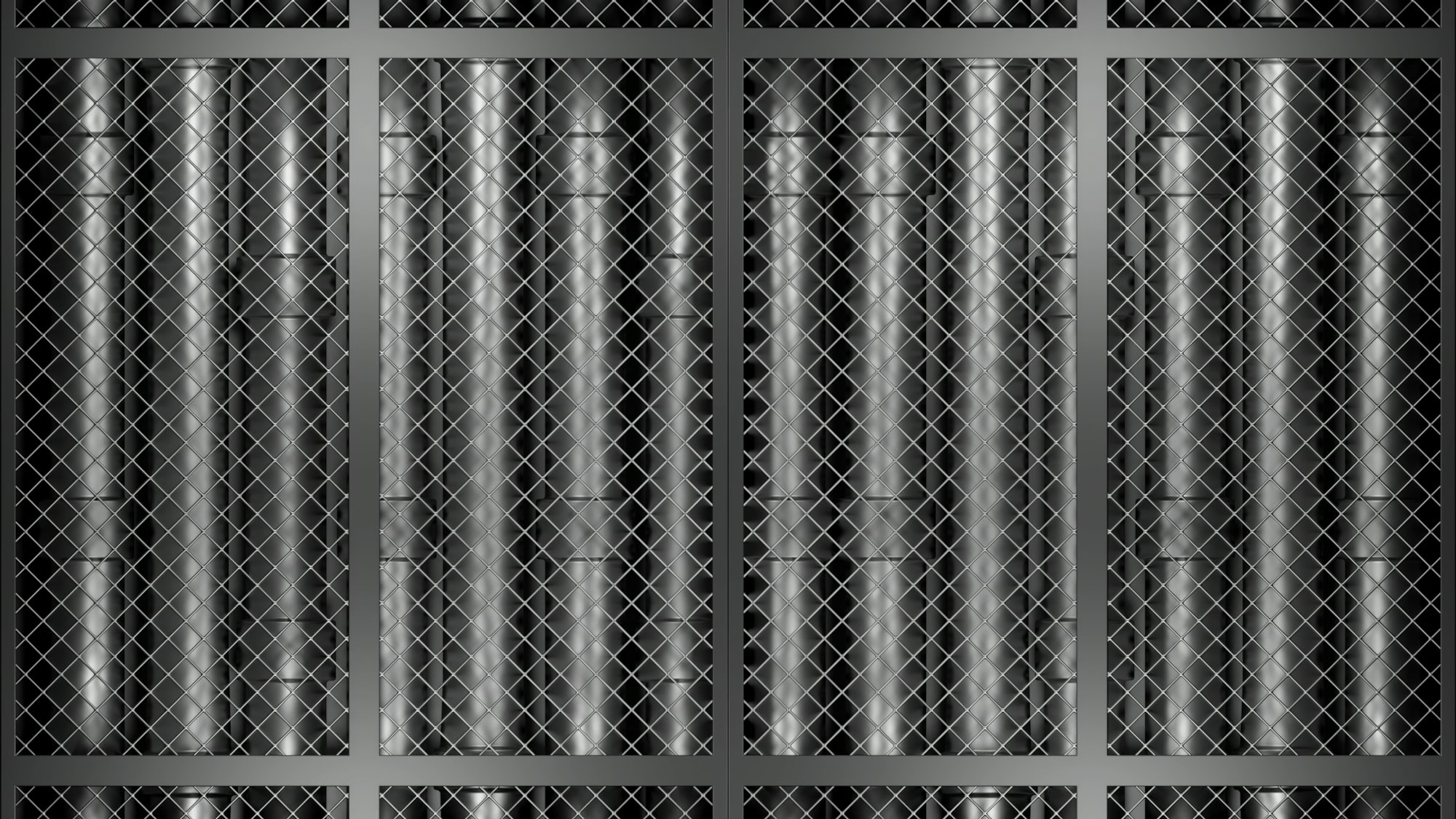What’s New in Nanostructured Coatings for Corrosion Prevention in Electronics?

Nanostructured coatings have been making waves in the electronics industry. Their unique properties and superior resistance against corrosion make them ideal protection for electronic devices.
In this article, we’ll delve into the world of nanostructured coatings, how they combat corrosion, their deposition on substrates, and the recent advancements in this field. We’ll discuss the various materials used, including metals like steel, and techniques such as atomic layer deposition (ALD) to create these innovative coatings.
Avez-vous vu cela : Can Cognitive Computing Systems Improve Decision-Making in Financial Markets?
Nanostructured Coatings – A New Era in Corrosion Resistance
Nanostructured coatings are paving the way for a more durable future in the electronics industry. Just what are these coatings, and why are they so effective against corrosion?
Nanostructured coatings are thin layers of materials, engineered at the nanoscale, that can be applied onto a surface or substrate. These coatings have unique properties due to their high surface-to-volume ratios and the increased influence of quantum effects. They offer enhanced resistance against wear and corrosion, among other benefits.
A lire en complément : What Are the Advances in Micro-Electro-Mechanical Systems (MEMS) for Wearable Tech?
But, what makes these coatings truly stand out is their corrosion resistance. Corrosion can be a serious problem in electronics, leading to the degradation of metal parts. Nanostructured coatings provide an extra layer of protection, preventing oxygen and moisture from reaching the metal parts and causing corrosion.
The Art of Depositing Nanostructured Coatings
The deposition of nanostructured coatings onto substrates is a delicate and intricate process. These coatings can’t simply be slapped on; they need to be carefully deposited to ensure optimal performance.
Atomic layer deposition (ALD) is one such technique used for the deposition of nanostructured coatings. ALD is a thin film deposition technique that uses sequential, self-limiting reactions to achieve precise and uniform layers. This technique allows the creation of coatings that are just a few nanometers thick, ensuring high-quality and performance.
For electronics, nanostructured coatings are often deposited onto metal substrates. Metals like steel are commonly used due to their high durability and conductivity. The nanostructured coating not only protects the metal from corrosion but also enhances its properties, making the electronic device more efficient and durable.
Nanostructured Materials for Coating – Going Beyond Metal
While metal-based nanostructured coatings are common, they aren’t the only options. A new breed of materials has been emerging, offering even more advanced properties and benefits.
One such material is the nanocomposite. A nanocomposite is a multiphase solid material where one of the phases has one, two, or three dimensions of less than 100 nanometers. Nanocomposites can be made from a variety of materials, including polymers, ceramics, and metals.
Nanocomposite coatings offer several advantages over traditional metal coatings. For instance, they tend to have higher resistance to wear and corrosion, better thermal stability, and improved mechanical properties. Additionally, they can be tailored to have specific properties, making them highly versatile.
Exploring the Latest Advancements in Nanostructured Coatings
The world of nanostructured coatings is ever-evolving, with new advancements and discoveries being made regularly. Let’s explore some of the latest trends and developments in the field.
One area of focus has been on improving the corrosion resistance of nanostructured coatings. Researchers have been experimenting with different materials and techniques to strengthen the coatings and make them even more impervious to corrosion.
For instance, one recent study found that incorporating nanoparticles into the coatings could significantly improve their corrosion resistance. The nanoparticles act as a physical barrier, preventing corrosive substances from penetrating the coating.
Another notable advancement is the development of self-healing nanostructured coatings. These coatings have the ability to repair themselves when damaged, ensuring continuous protection against corrosion. This not only enhances the longevity of the coatings but also reduces the need for maintenance and replacements.
Overall, the field of nanostructured coatings is booming, with exciting developments on the horizon. These innovative coatings hold great promise for the electronics industry, offering a new level of durability and corrosion resistance. As research continues and technology advances, we can expect to see even more impressive feats from these tiny yet mighty coatings.
Cutting-Edge Techniques in Nanostructured Coating Deposition
Delving deeper into the world of nanostructured coatings, we find a diversity of techniques employed in its deposition. ALD, as discussed earlier, is a primary method used for depositing these coatings. However, it is not the only one. There are other innovative techniques in use that allow for a more robust and durable nanostructured coating.
One such technique is the sol-gel process. This method involves the transition of a system from a liquid "sol" into a solid "gel" phase. In the context of nanostructured coatings, the sol-gel process is used to create thin films from metal alkoxides. The resulting coating has a uniform distribution, a high level of purity, and excellent adhesion to the substrate.
The grain size of the coating is another crucial aspect that significantly affects its overall properties. Generally, smaller grains result in a stronger coating due to the increased boundary area that blocks dislocation motion. Techniques such as severe plastic deformation can be used to refine the grain size and further enhance the coating’s strength and durability.
Beyond initial deposition, pre-treatment processes are also valuable in enhancing the coating’s properties. For instance, in stainless steel substrates, passivation is used to create a thin layer of oxide that prevents further corrosion. This process can be performed before the application of the nanostructured coating to ensure maximum corrosion protection.
Implications and Potential of Nanostructured Coatings in Electronics
As we have seen, nanostructured coatings offer remarkable benefits for corrosion prevention in electronics, thanks to their unique properties and versatile application techniques. The continuous innovations in materials and deposition techniques indicate a bright future for these coatings.
The superlative corrosion resistance of these coatings helps in enhancing the longevity of electronic devices, reducing the frequency of replacements, and ultimately leading to cost savings. The potential for creating self-healing or damage-responsive coatings can further revolutionize the electronics industry by increasing device lifespan and reducing maintenance frequency.
Moreover, the versatility of nanostructured materials, including metallic nanocoatings, nanocomposite coatings, and more, opens up vast possibilities for customizing the coatings to meet specific needs. From improved wear resistance to superior thermal stability, these coatings offer an array of benefits that go beyond mere anti-corrosion.
The latest advancements in nanostructured coatings have been well-documented in academic platforms such as Google Scholar. However, it’s important to note that many of these advancements are still in the research or early application stages. As more studies are conducted and new applications are discovered, the potential of nanostructured coatings will continue to unfold.
In conclusion, nanostructured coatings indeed represent a new era in corrosion protection for electronics. With continuous research and development, we can expect these coatings to become an integral part of our electronic devices, offering enhanced durability and performance. Given the rapid pace of advancements in this field, the future of nanostructured coatings certainly looks promising.
